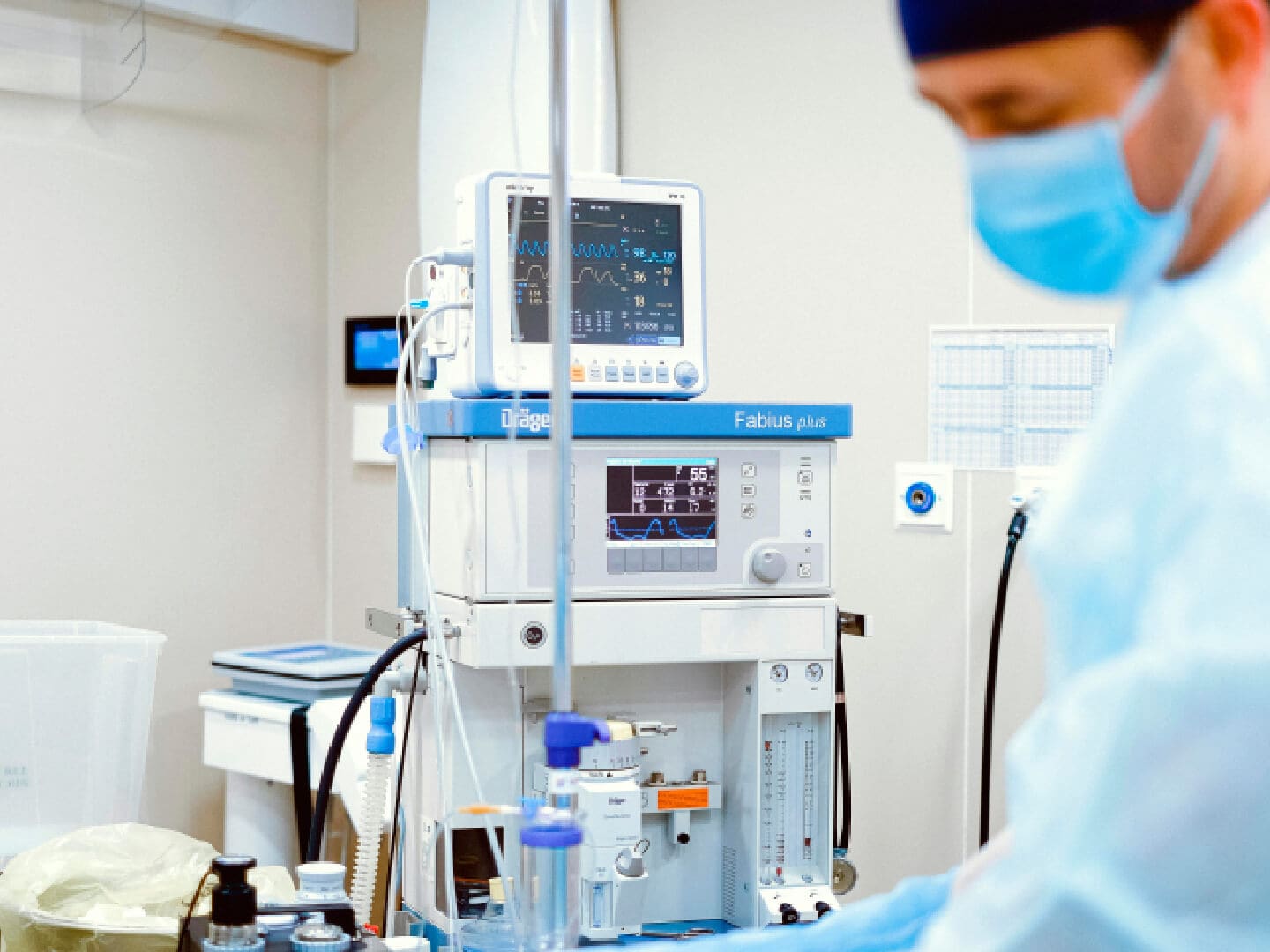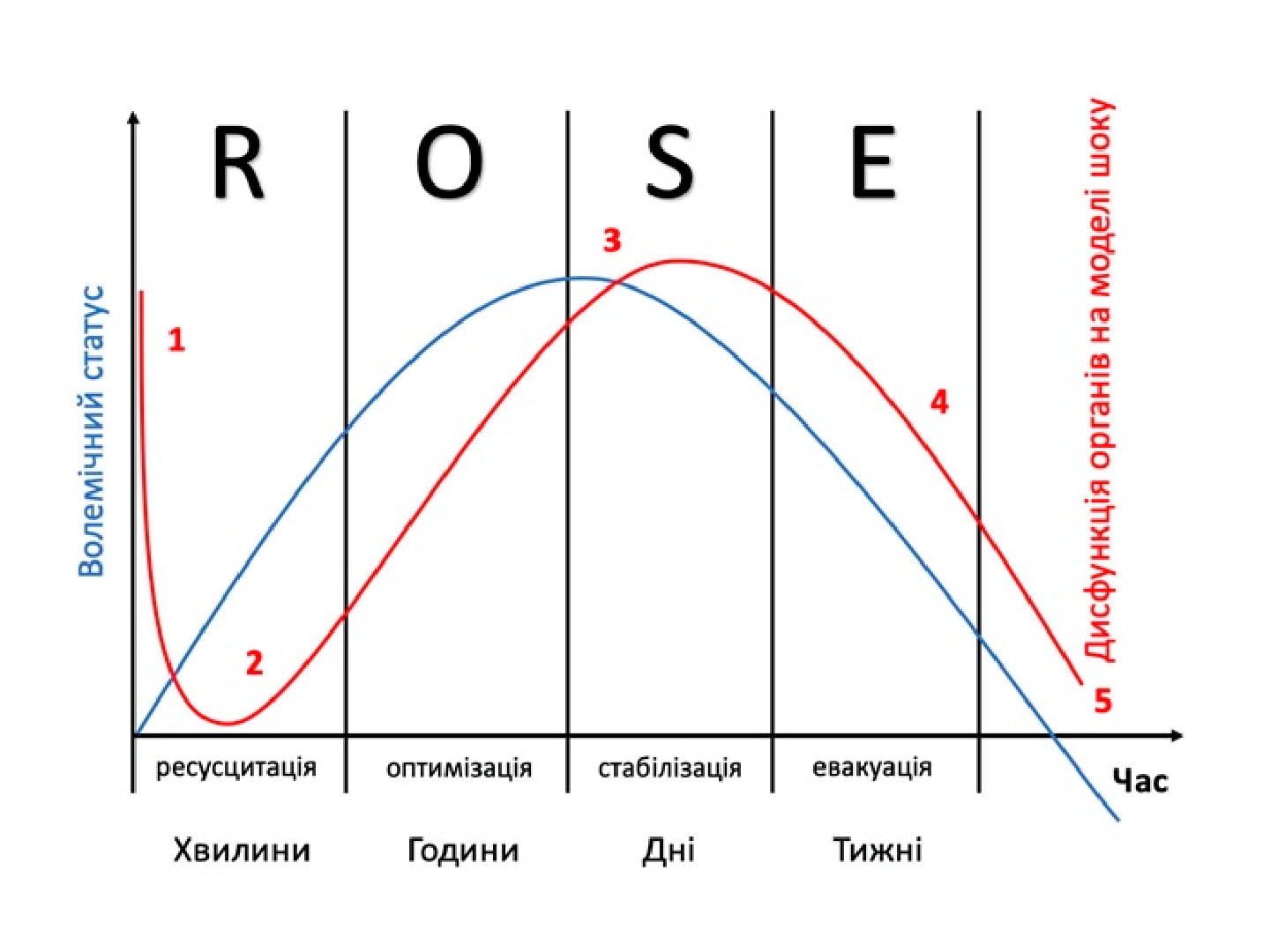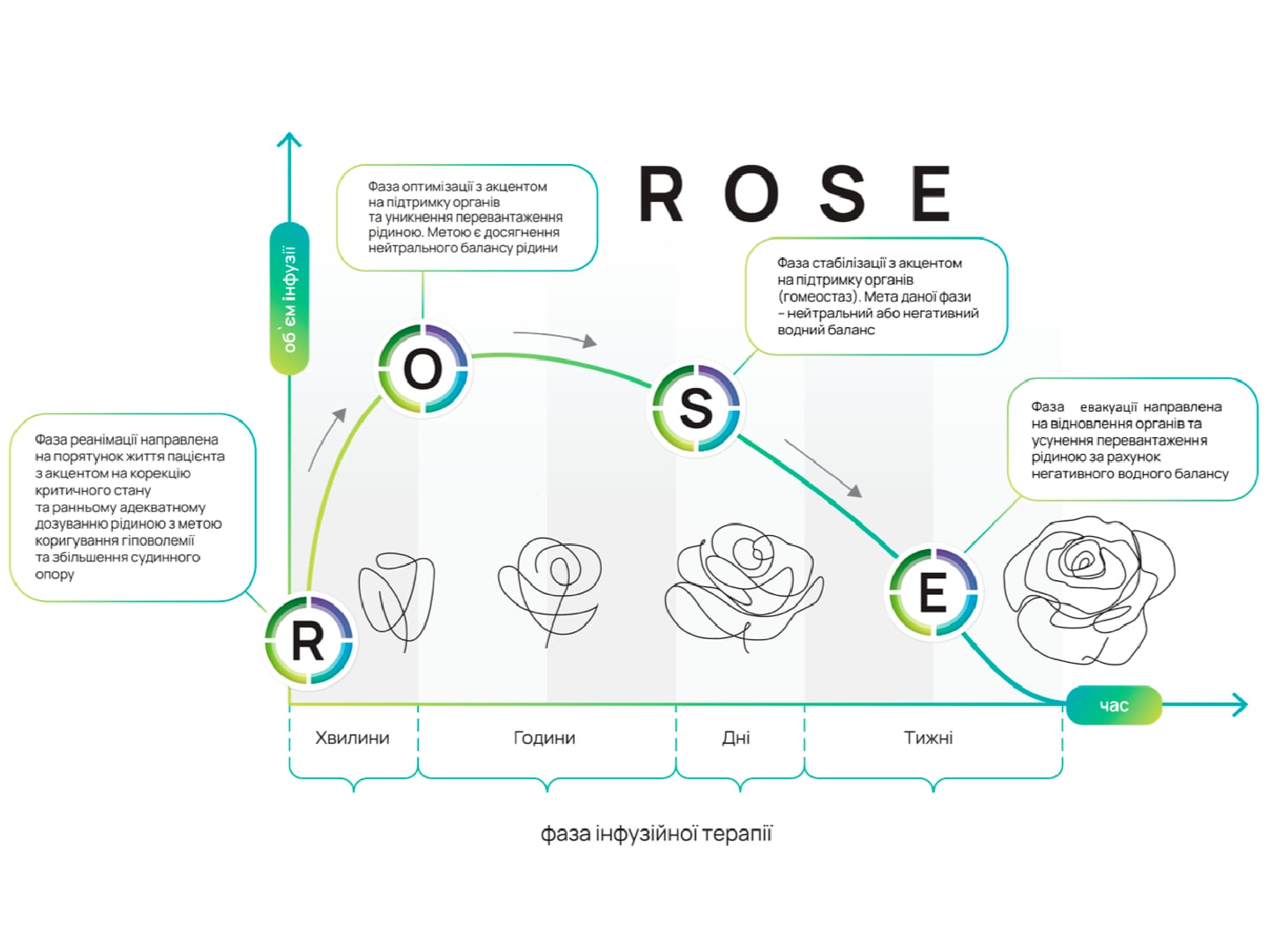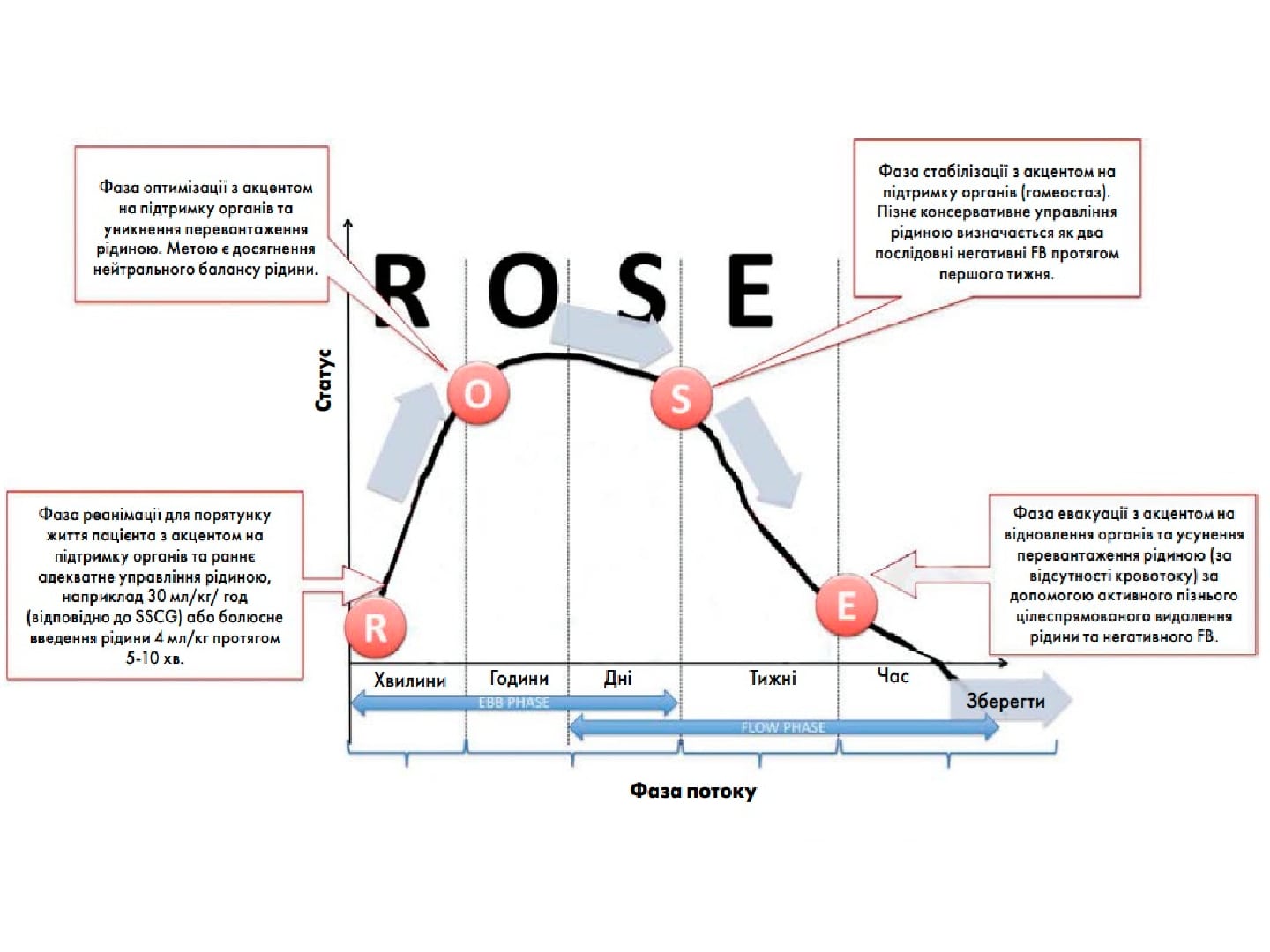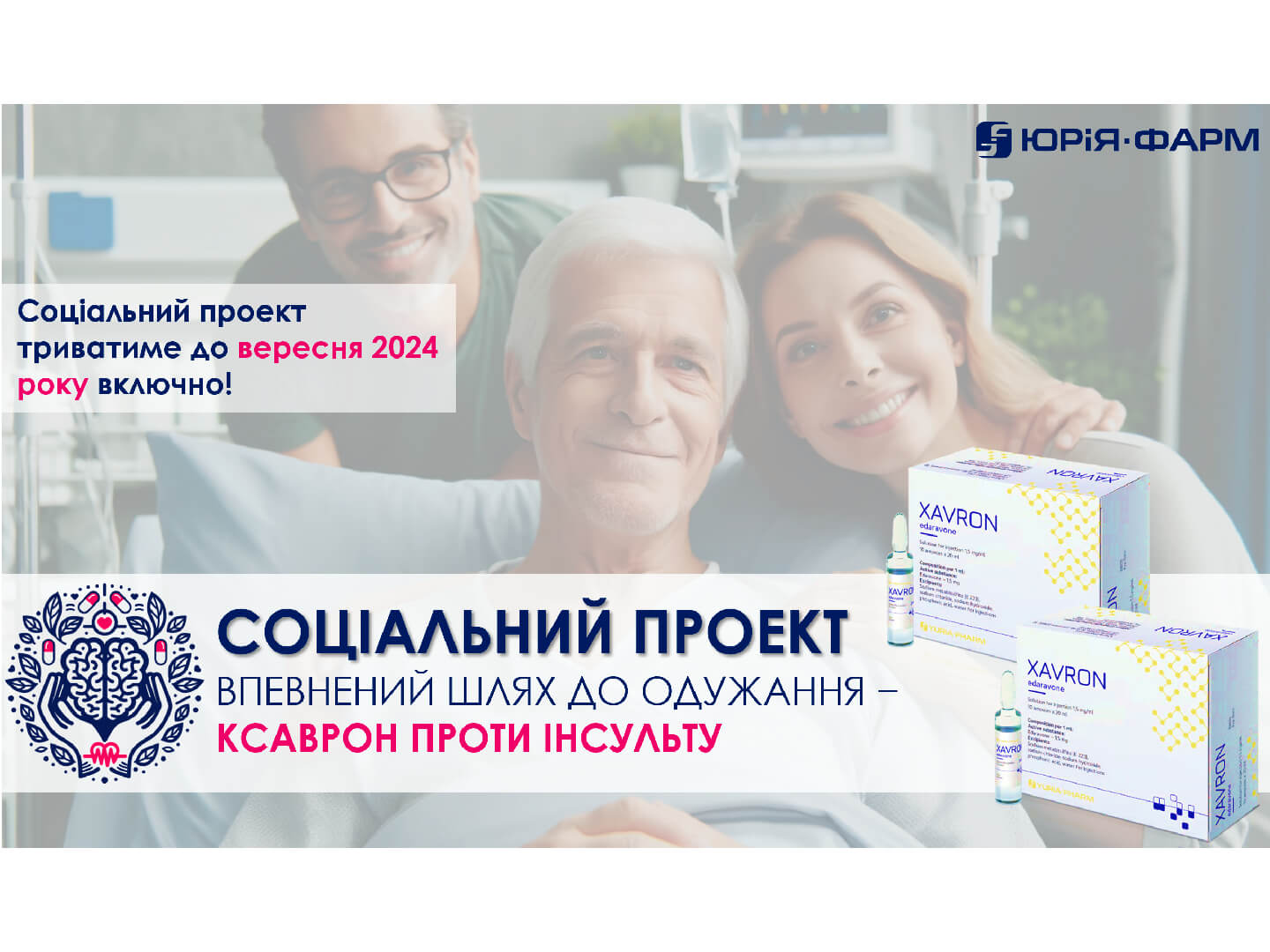Фармакокинетика и фармакодинамика пропофола и дексмедетомидина при проведении плановых процедурных седаций и особенности их комбинации
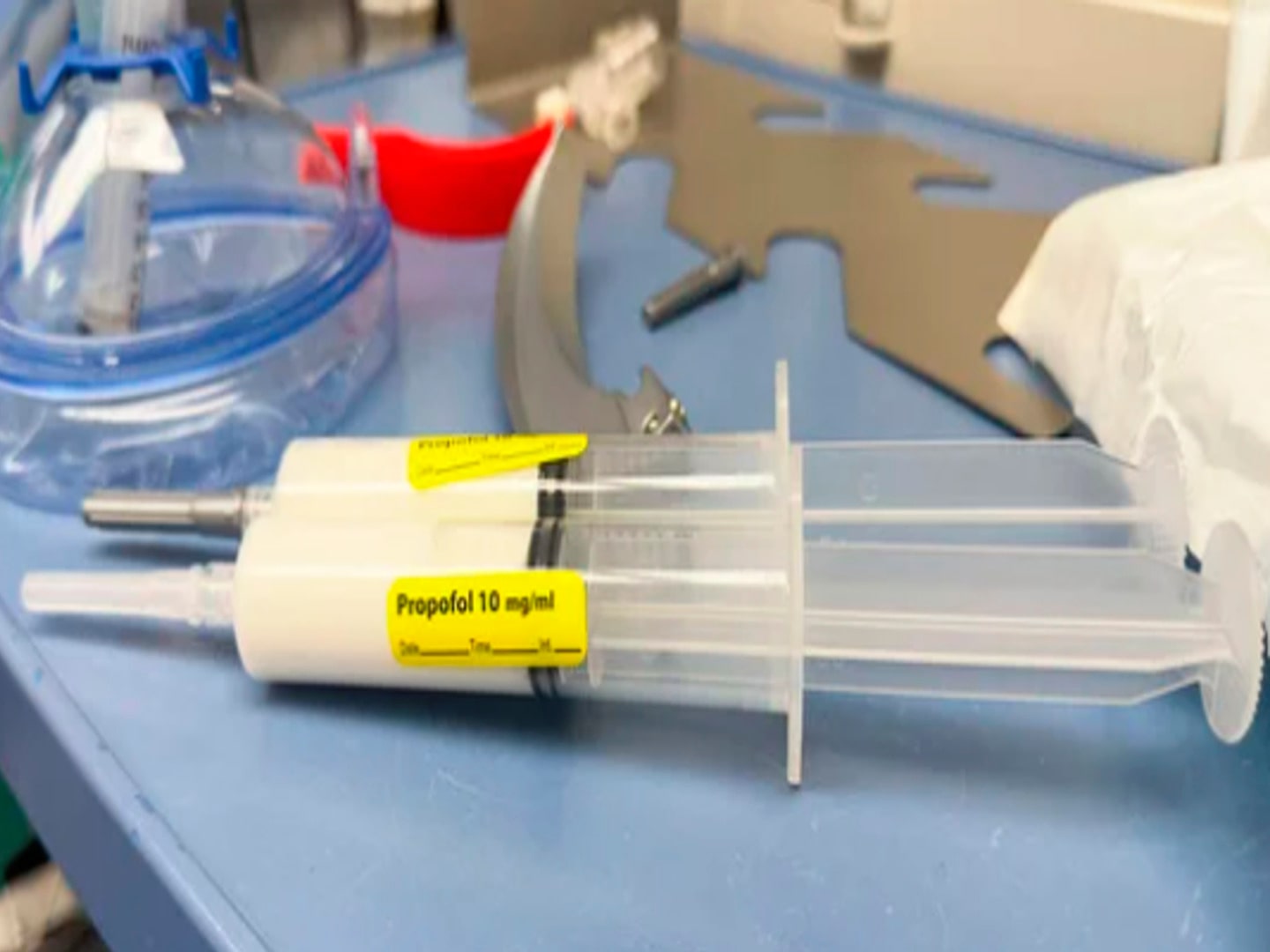
Резюме. В предыдущей публикации мы очертили общие принципы проведения процедурных седаций (ПС), глубину угнетения сознания и спонтанной двигательной активности, минимальный объем предпроцедурного обследования больных и особенности получения информированного согласия. Акцент был сделан на особенностях фиксации больных во время ПС, принципах проведения мониторинга, а также выявления и коррекции нежелательных явлений. Ключевым аспектом ПС является готовность к обеспечению проходимости ДП и оксигенации минимум на один уровень глубже, чем имеющийся уровень ПС.
В этой публикации внимание сфокусировано на фармакокинетике и фармакодинамике основных препаратов для проведения плановых ПС (пропофола и дексмедетомидина), а также взаимодействиях между этими препаратами. В следующей публикации мы планируем охарактеризовать другие ключевые медикаменты для ПС, такие как мидазолам, кетамин, тиопентал натрия, фентанил, а также привести результаты исследований их комбинации с пропофолом, дексмедетомидином и между собой.
Среди анестетиков, применяемых при ПС в 21 в. наибольшее распространение получил пропофол, имеющий короткие следовые реакции, поэтому после его применения у больных быстро и полностью восстанавливается сознание. Вместе с тем для достижения необходимого уровня седации и предупреждения непринужденных движений пациента нередко приходится применять такие дозы пропофола, которые могут вызвать клинически значимые нарушения проходимости верхних дыхательных путей (ДЖ), глубины дыхания и гемодинамики.
Поэтому в этой публикации мы обосновываем проведение мультимодальной седации и анальгезии с применением умеренных доз нескольких препаратов, позволяющих существенно снизить дозы пропофола и тем самым повысить безопасность ПС. Среди таких препаратов ключевым и на сегодняшний день наиболее доступным является дексмедетомидин, сочетающий в себе седативные и анальгетические свойства при минимальном влиянии на проходимость верхних ДП и глубину дыхания.
У детей важным способом введения дексмедетомедина и мидазолама является интраназальный, обеспечивающий мягкое вхождение в седацию и предупреждающий стрессовые реакции ребенка на постановку венозного катетера. Хотя применение дексмедетомедина в детской практике все еще вне показаний, которые отражены в инструкции к препарату, то есть «off-label», однако в этой публикации мы приводим доказательства, обосновывающие безопасность и эффективность его применения для ПС у детей.
Ключевые слова: процедурная седация, пропофол, дексмедетомидин, фармакокинетика, фармакодинамика, индукция в седацию, поддержание седации, анальгезия, депрессия дыхания.
Авторы:
- Пилипенко М.Н. (заведующий отделением интенсивной терапии и анестезиологии № 2, ГУ Институт нейрохирургии им. акад. А. П. Ромоданова НАМН Украины, г. Киев)
- Михайлов Б.В. (врач анестезиолог, анестезиолог детский, Стоматологическая клиника «Фамилия», ООО «Стоматологическая клиника «Блиц», ООО «Центр стоматологической имплантации», г. Запорожье)
Выводы:
- Пропофол остается основным препаратом для проведения кратковременных ПС, однако проведение им моноседации, которая не достаточно глубока, может сопровождаться движениями пациента, а углубление седации может вызывать нарушение функции внешнего дыхания.
- Для проведения длительной ПС оптимальным часто является сочетание пропофола с дексмедетомидином, что позволяет уменьшить двигательную активность пациента, существенно снизить дозы пропофола и вызванную им депрессию дыхания.
- С учетом более продолжительного начала действия дексмедетомидина этот препарат целесообразно вводить первым, минимум за 3-5 мин до проведения болезненных манипуляций или неприятных манипуляций; у гемодинамически стабильных пациентов болюсный способ введения дозы до 1 мкг/кг в течение нескольких минут является безопасным и эффективным.
- С учетом более длительного периода полувыведения дексмедетомидина основную дозу препарата желательно вводить в начале средней ПС или в первой половине длительной ПС; для ускорения пробуждения пациента после ПС прекращать введение дексмедетомидина желательно не позднее чем за час до ее завершения.
- У детей младшего и среднего возраста, которые имеют страх или выраженный дискомфорт перед входом в место проведения процедуры или плохо переносят установление венозного доступа безопасным и эффективным способом премедикации, есть интраназальное введение дексмедетомидина.
Литература:
- Practice Guidelines for Moderate Procedural Sedation and Analgesia 2018. A Report by the American Society of Anesthesiologists Task Force on Moderate Procedural Sedation and Analgesia, the American Association of Oral and Maxillofacial Surgeons, American College of Radiology, American Dental Association, American Society of Dentist Anesthesiologists, and Society of Interventional Radiology. Anesthesiology. 2018; 128(3):437-479.
- Takizawa D, Hiraoka H, Goto F, et al. Human kidneys play an important role in the elimination of propofol. Anesthesiology. 2005;102(2):327-30.
- Lichtenbelt BJ, Olofsen E, Dahan A, et al. Propofol reduces the distribution and clearance of midazolam. Anesth Analg. 2010;110(6):1597-606.
- Ruesch D, Neumann E, Wulf H, Forman SA. An allosteric coagonist model for propofol effects on α1β2γ2L γ-aminobutyric acid type A receptors. Anesthesiology. 2012;116(1):47-55.
- Miner JR, Burton JH. Clinical practice advisory: Emergency department procedural sedationwith propofol. Ann Emerg Med 2007; 50:182.
- Rigby-Jones AE, Sneyd JR. Propofol and children – what we know and what we do not know. Paediatr Anaesth. 2011;21(3):247-54.
- Vuyk J, Mertens MJ, Olofsen E, et al. Propofol anesthesia and rational opioid selection: determination of optimal EC50-EC95 propofol-opioid concentrations that assure adequate anesthesia and a rapid return of consciousness. Anesthesiology. 1997;87(6):1549-62.
- Kaisti KK, Metsähonkala L, Teräs M, et al. Effects of surgical levels of propofol and sevoflurane anesthesia on cerebral blood flow in healthy subjects studied with positron emission tomography. Anesthesiology. 2002;96(6):1358-70.
- Jalota L, Kalira V, George E, et al. Prevention of pain on injection of propofol: systematicreview and meta-analysis. BMJ 2011; 342:d1110.
- Irwin MG, Chung CKE, Ip KY, Wiles MD. Influence of propofol-based total intravenous anaesthesia on peri-operative outcome measures: a narrative review. Anaesthesia 2020; 75 Suppl 1:e90.
- Dahan A, Nieuwenhuijs DJ, Olofsen E. Influence of propofol on the control of breathing. Adv Exp Med Biol. 2003;523:81-92.
- Nieuwenhuijs DJ, Olofsen E, Romberg RR, et al. Response surface modeling of remifentanil-propofol interaction on cardiorespiratory control and bispectral index. Anesthesiology. 2003;98(2):312-22.
- Jonsson MM, Lindahl SG, Eriksson LI. Effect of propofol on carotid body chemosensitivity and cholinergic chemotransduction. Anesthesiology. 2005;102(1):110-6.
- Goodman NW, Black AM, Carter JA. Some ventilatory effects of propofol as sole anaesthetic agent. Br J Anaesth. 1987; 59(12):1497-503.
- Zucker M, Kagan G, Adi N, et al. Changes in mean systemic filling pressure as an estimate of hemodynamic response to anesthesia induction using propofol. BMC Anesthesiol. 2022; 22;22(1):234.
- de Wit F, van Vliet AL, de Wilde RB, et al. The effect of propofol on haemodynamics: cardiac output, venous return, mean systemic filling pressure, and vascular resistances. Br J Anaesth. 2016;116(6):784-9.
- Lichtenbelt BJ, Olofsen E, Dahan A, et al. Propofol reduces the distribution and clearance of midazolam. Anesth Analg. 2010;110(6):1597-606.
- Fodale V, La Monaca E. Propofol infusion syndrome: an overview of a perplexing disease. Drug Saf. 2008;31(4):293-303.
- Pesić V, Milanović D, Tanić N, et al. Potential mechanism of cell death in the developing rat brain induced by propofol anesthesia. Int J Dev Neurosci. 2009;27(3):279-87.
- Cattano D, Young C, Straiko MM, Olney JW. Subanesthetic doses of propofol induce neuroapoptosis in the infant mouse brain. Anesth Analg. 2008;106(6):1712-4.
- Olutoye OA, Baker BW, Belfort MA, Olutoye OO. Food and Drug Administration warning on anesthesia and brain development: implications for obstetric and fetal surgery. Am J Obstet Gynecol. 2018 Jan;218(1):98-102.
- Malhotra A, Yosh E, Xiong M. Propofol’s Effects on the Fetal Brain for Non-Obstetric Surgery. Brain Sci. 2017 Aug 18;7(8):107.
- Glass PS, Bloom M, Kearse L, et al. Bispectral analysis measures sedation and memory effects of propofol, midazolam, isoflurane, and alfentanil in healthy volunteers. Anesthesiology. 1997;86(4):836-47.
- San-juan D, Chiappa KH, Cole AJ. Propofol and the electroencephalogram. Clin Neurophysiol. 2010;121(7):998-1006.
- Gerlach AT, Dasta JF. Dexmedetomidine: an updated review. Ann Pharmacother. 2007;41(2):245-52.
- Tobias JD. Dexmedetomidine: applications in pediatric critical care and pediatric anesthesiology. Pediatr Crit Care Med. 2007;8(2):115-31.
- Iirola T, Vilo S, Manner T, et al. Bioavailability of dexmedetomidine after intranasal administration. Eur J Clin Pharmacol. 2011;67(8):825-31.
- Yoo H, Iirola T, Vilo S, et al. Mechanism-based population pharmacokinetic and pharmacodynamic modeling of intravenous and intranasal dexmedetomidine in healthy subjects. Eur J Clin Pharmacol. 2015;71:1197–207.
- Ebert TJ, Hall JE, Barney JA, et al. The effects of increasing plasma concentrations of dexmedetomidine in humans. Anesthesiology. 2000;93:382–94.
- Weerink MAS, Struys MMRF, Hannivoort LN, et al. Clinical Pharmacokinetics and Pharmacodynamics of Dexmedetomidine. Clin Pharmacokinet. 2017;56(8):893-913.
- Wang L, Wang S, Qi J, et al. Impact of CYP2A6 gene polymorphism on the pharmacokinetics of dexmedetomidine for premedication. Expert Rev Clin Pharmacol. 2018;11(9):917-922.
- Venn RM, Karol MD, Grounds RM. Pharmacokinetics of dexmedetomidine infusions for sedation of postoperative patients requiring intensive care. Br J Anaesth. 2002;88(5):669-75.
- Ebert TJ, Hall JE, Barney JA, et al. The effects of increasing plasma concentrations of dexmedetomidine in humans. Anesthesiology. 2000;93:382–94.
- Wang DS, Kaneshwaran K, Lei G, et al. Dexmedetomidine Prevents Excessive γ-Aminobutyric Acid Type A Receptor Function after Anesthesia. Anesthesiology. 2018;129(3):477-489.
- Angst MS, Ramaswamy B, Davies MF, Maze M. Comparative analgesic and mental effects of increasing plasma concentrations of dexmedetomidine and alfentanil in humans. Anesthesiology. 2004;101(3):744-52.
- Vuyk J, Sitsen E, Reekers M. Intravenous anesthetics. In: Miller RD, Cohen NH, Eriksson LI, et al., editors. Miller’s anesthesia. 8th ed. Amsterdam: Elsevier; 2015. p. 854–9.
- Marhofer D, Kettner SC, Marhofer P, et al. Dexmedetomidine as an adjuvant to ropivacaine prolongs peripheral nerve block: a volunteer study. Br J Anaesth. 2013;110(3):438-42.
- Минка Н.В., Кобеляцький Ю.Ю. Досвід використання дексмедетомідину в якості ад’юванту анестезіологічного забезпечення в офтальмохірургії. Медичні перспективи. 2021. Т. 26, № 1. С. 128-135.
- Xi C, Sun S, Pan C, et al. Different effects of propofol and dexmedetomidine sedation on electroencephalogram patterns: Wakefulness, moderate sedation, deep sedation and recovery. PLoS One. 2018; 13(6):e0199120. doi:10.1371/journal.pone.0199120.
- Talke P, Stapelfeldt C, Garcia P. Dexmedetomidine does not reduce epileptiform discharges in adults with epilepsy. J Neurosurg Anesthesiol. 2007;19(3):195-9.
- Kitajima Y, Hashizume NS, Saiki C, et al. Effect of dexmedetomidine on cardiorespiratory regulation in spontaneously breathing adult rats. PLoS One. 2022;17(1):e0262263. Published 2022 Jan 14. doi:10.1371/journal.pone.0262263.
- Lee SH, Choi YS, Hong GR, Oh YJ. Echocardiographic evaluation of the effects of dexmedetomidine on cardiac function during total intravenous anaesthesia. Anaesthesia. 2015;70:1052–9.
- Weerink MAS, Struys MMRF, Hannivoort LN, et al. Clinical Pharmacokinetics and Pharmacodynamics of Dexmedetomidine. Clin Pharmacokinet. 2017;56(8):893-913.
- Drummond JC, Dao AV, Roth DM, et al. Effect of dexmedetomidine on cerebral blood flow velocity, cerebral metabolic rate, and carbon dioxide response in normal humans. Anesthesiology. 2008;108(2):225-32.
- Kitajima Y, Hashizume NS, Saiki C, et al. Effect of dexmedetomidine on cardiorespiratory regulation in spontaneously breathing adult rats. PLoS One. 2022;17(1):e0262263. Published 2022 Jan 14. doi:10.1371/journal.pone.0262263.
- Hsu YW, Cortinez LI, Robertson KM, et al. Dexmedetomidine pharmacodynamics: part I: crossover comparison of the respiratory effects of dexmedetomidine and remifentanil in healthy volunteers. Anesthesiology. 2004;101(5):1066-76.
- Lodenius A, Ebberyd A, Ha°rdemark Cedborg A, et al. Sedation with dexmedetomidine or propofol impairs hypoxic control of breathing in healthy male volunteers: a nonblinded, randomized crossover study. Anesthesiology. 2016;125:700–15.
- Ho AM-H. Central apnoea after balanced general anaesthesia that included dexmedetomidine. Br J Anaesth. 2005;95:773–5.
- Maroof M, Khan RM, Jain D, Ashraf M. Dexmedetomidine is a useful adjunct for awake intubation. Can J Anaesth. 2005;52(7):776-7.
- Loomba RS, Villarreal EG, Dhargalkar J, et al. The effect of dexmedetomidine on renal function after surgery: A systematic review and meta-analysis. J Clin Pharm Ther. 2022;47(3):287-297.
- Wu XH, Cui F, Zhang C, et al. Low-dose dexmedetomidine improves sleep quality pattern in elderly patients after noncardiac surgery in the intensive care unit: a pilot randomized controlled trial. Anesthesiology. 2016;125:979–991.
- Su X, Meng ZT, Wu XH, et al. Dexmedetomidine for prevention of delirium in elderly patients after non-cardiac surgery: a randomised, double-blind, placebo-controlled trial. Lancet. 2016;388:1893–1902.
- Yao Y, Sun Y, Lin J, et al. Intranasal dexmedetomidine versus oral midazolam premedication to prevent emergence delirium in children undergoing strabismus surgery: A randomised controlled trial. Eur J Anaesthesiol. 2020 Dec;37(12):1143-1149.
- Li A, Yuen VM, Goulay-Dufaÿ S, et al. Pharmacokinetic and pharmacodynamic study of intranasal and intravenous dexmedetomidine. Br J Anaesth. 2018;120:960–968.
- Iirola T, Vilo S, Manner T, et al. Bioavailability of dexmedetomidine after intranasal administration. Eur J Clin Pharmacol. 2011;67(8):825-31. Yoo H, 2015;71:1197–207.
- Liu H-C, Lian Q-Q, Wu F-F, et al. Population pharmacokinetics of dexmedetomidine after short intravenous infusion in Chinese children. Eur J Drug Metab Pharmacokinet. 2016.
- Potts AL, Anderson BJ, Warman GR, et al. Dexmedetomidine pharmacokinetics in pediatric intensive care: a pooled analysis. Paediatr Anaesth. 2009;19:1119–29.
- Mason KP, Robinson F, Fontaine P, Prescilla R. Dexmedetomidine offers an option for safe and effective sedation for nuclear medicine imaging in children. Radiology. 2013;267:911–7.
- Mekitarian Filho E, Robinson F, de Carvalho WB, et al. Intranasal dexmedetomidine for sedation for pediatric computed tomography imaging. J Pediatr. 2015;166(1313–15):e1.
- Potts AL, Anderson BJ, Warman GR, et al. Dexmedetomidine pharmacokinetics in pediatric intensive care: a pooled analysis. Paediatr Anaesth. 2009;19:1119–29.
- Ni J, Wei J, Yao Y, et al. Effect of dexmedetomidine on preventing postoperative agitation in children: a meta-analysis. PLoS One. 2015;10(5):e0128450.
- Hannivoort LN, Eleveld DJ, Proost JH, et al. Development of an optimized pharmacokinetic model of dexmedetomidine using target-controlled infusion in healthy volunteers. Anesthesiology. 2015;123:357–67.
- Potts AL, Anderson BJ, Warman GR, et al. Dexmedetomidine pharmacokinetics in pediatric intensive care: a pooled analysis. Paediatr Anaesth. 2009;19:1119–29.

